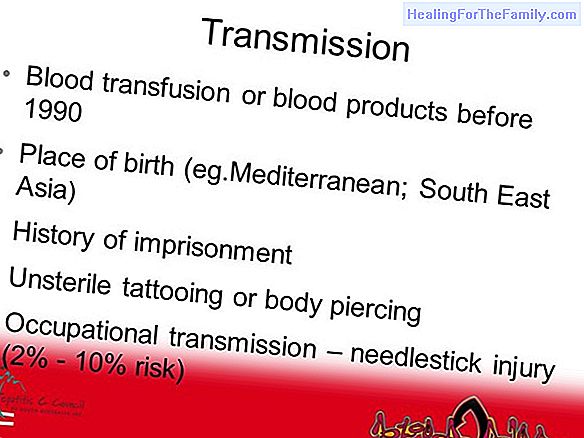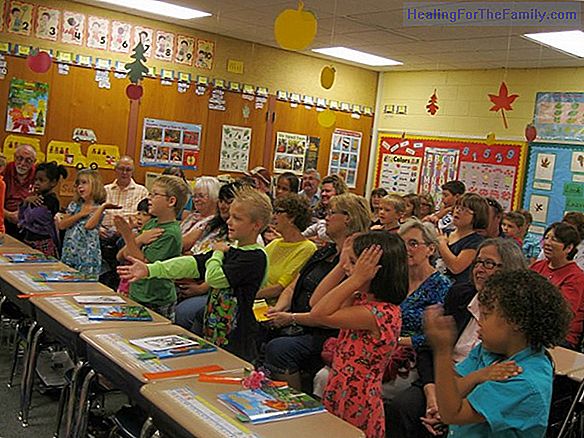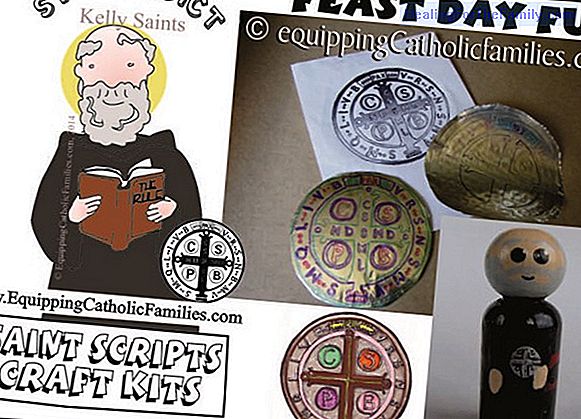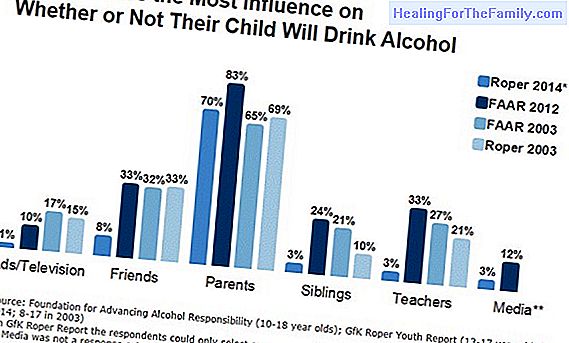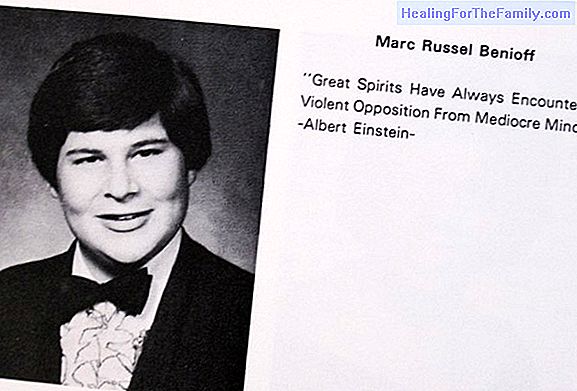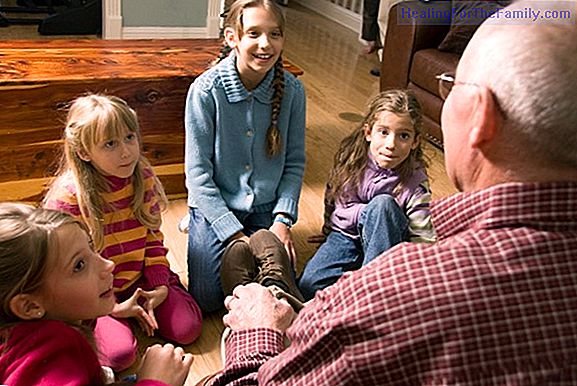How to make an atmospheric thermometer with children
You do not have to have a laboratory to do fantastic science experiments with your children. We show you how to make a homemade atmospheric thermometer , with recycled material and without risks. This experiment about science in a fun way for the little ones. You just need a bottle, food coloring, a
You do not have to have a laboratory to do fantastic science experiments with your children. We show you how to make a homemade atmospheric thermometer, with recycled material and without risks.
This experiment about science in a fun way for the little ones. You just need a bottle, food coloring, a straw and water. Are you ready?
Material:
- 50 ml empty bottle
- Transparent straw
- Plasticine
- Water to fill the bottle
- Scissors
- Bowl with hot water
- Food coloring
- Alcohol and ice if you want to calibrate (optional)
How to make a homemade thermometer with children step by step
1. Drill a hole with the scissors in the bottle cap.
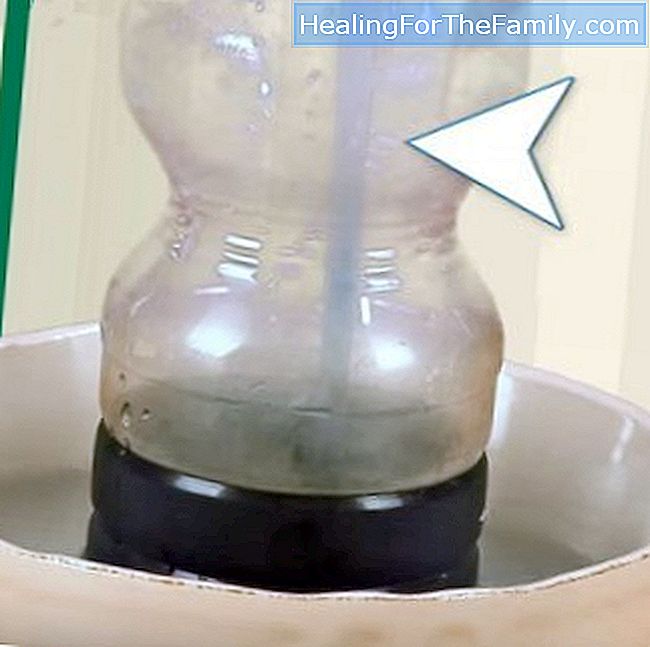
2. Now put the straw through the hole you made.
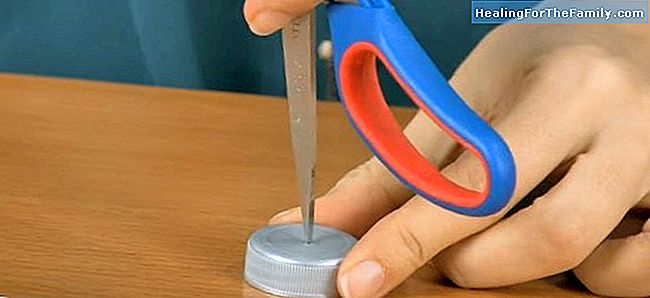
3. To prevent a leak, put some plasticine on the lid, surrounding the straw.

4. Fill half of the bottle with water and add a few drops of food coloring so that the effect of the experiment can be clearly seen later. Thus, when the water rises through the transparent straw, it will look much easier.
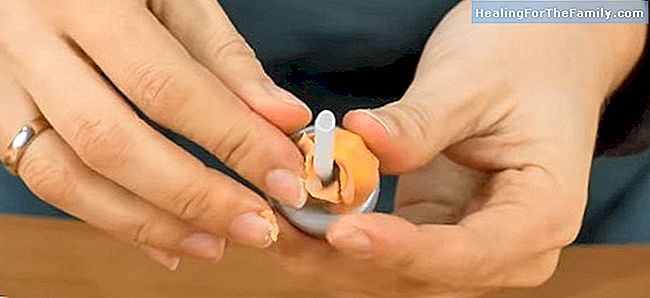
5. Close the bottle. The straw has to get to where the water starts. Make sure it arrives well.
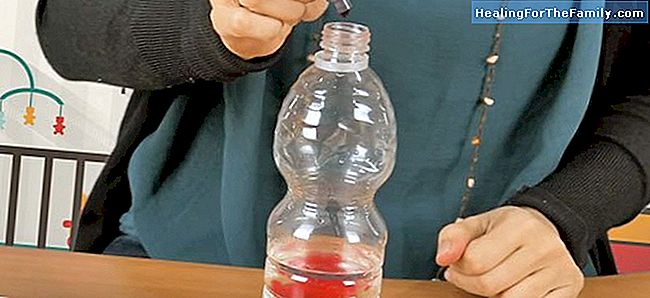
6. As the bottle warms, the molecules move faster and push the liquid up the straw. To check, you have to heat water in a bowl and put the bottle. Magic! Hot water rises through the straw! And that's how a thermometer works.

7. Calibrating the thermometer requires a bit of expertise. To do so, you have to add a little alcohol to your mix. To know where to mark 90 degrees, boil water and keep your bottle between 5-10 minutes. Mark where the water catches. To know where the 0 degrees are, you should now put the bottle in a container with ice for another 10 minutes. Mark where the liquid arrives. This is the scale that tells you where the 0 and 90 degrees are. Half will be 45 degrees. And if not, easier still: help yourself with another atmospheric or cooking thermometer.



